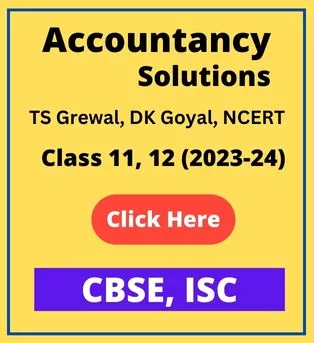[JKBose] Economics Syllabus class 12 (2022-23)
Looking for the syllabus of Economics class 12 of JKBose Board for the 2022-23 Session.
We have discussed the Jammu and Kashmir Board Class 12 Economics syllabus for the 2022-23 session in detail.
Syllabus of Economics class 12 Jammu and Kashmir Board 2022-23
Economics
Theory: 100 Marks
Time: 3 Hours
| Unit | Chapter | Marks |
| Unit I | Introduction | 04 |
| Unit II | Consumer Equilibrium and Demand | 18 |
| Unit III | Producer Behavior and Supply | 18 |
| Unit IV | Forms of Market and Price Determination | 10 |
| Unit V | Simple Applications of Tools of Demand and Supply Curves | – |
| Unit VI | National Income and Related Aggregates | 15 |
| Unit VII | Determination of Income and Employment | 12 |
| Unit VIII | Money and Banking | 08 |
| Unit IX | Government Budget and the Economy. | 08 |
| Unit X | Balance of Payments | 07 |
| Total | 100 |
Unit I: Introduction (Marks 04)
What is microeconomics?
Central problems of an economy, production possibility curve and opportunity cost.
Unit II: Consumer Equilibrium and Demand (Marks 18)
Consumer’s Equilibrium: Meaning and attainment of equilibrium through Utility Approach. One and two commodity cases.
Demand: market demand, determinants of demand, demand schedule, demand curve, movement along and shifts in demand curve, price elasticity of demand, measurement of price elasticity of demand – percentage, total expenditure and geometric methods.
Unit III: Producer Behavior and Supply (Marks: 18)
Production function: returns to factor and returns to scale.
Supply: market supply, determination of supply, supply schedule, supply curve movement along and shifts in supply curve, price elasticity of supply, measurement of price elasticity of supply – percentage and geometric methods.
Cost and Revenue : Concepts of Cost, Short – run cost curves (fixed and variable costs, total, average and marginal costs), Concepts of Revenue – total, average and marginal revenue and their relationship.
Producer’s equilibrium – with the help of MC and MR.
Unit IV: Forms of Market and Price Determination (Marks: 10)
Forms of market – perfect competition, monopoly, monopolistic competition – their meaning and features, oligopoly, meaning, features.
Price determination under perfect competition – equilibrium price, effects of shifts in demand and supply
Unit V: Simple Applications of Tools of Demand and Supply Curves (Non – Evaluative)
The teachers can be given the flexibility to choose the issues: rationing, floors and ceilings, and Food Availability Decline (FAD) Theory (the teachers may also choose alternative examples that are simple and easy to understand).
Suggested Books.
Textbook of Introductory Micro Economics, Published by NCERT, NewDelhi
Textbook of Introductory Macro Economics, Published by NCERT, NewDelhi
Unit VI: National Income and Related Aggregates – Basic Concepts and Measurement. Marks: 15
Macroeconomics: Meaning.
Circular flow of income, concepts of GDP, GNP, NDP, NNP (at market price and factor cost), National Disposable Income (gross and net), Private Income, Personal Income, and Personal Disposable Income.
Measurement of National Income – Value Added Method, Income Method, and Expenditure Method.
Unit VII: Determination of Income and Employment. Marks: 12
Aggregate demand, aggregate supply, and their components.
Propensity to consume and propensity to save (average and marginal).
Meaning involuntary unemployment and full employment.
Determination of income and employment: two-sector model.
Concept of investment multiplier and its working.
Problems of excess and deficient demand.
Measures to correct excess and deficient demand – availability of credit, change in government spending.
Unit VIII: Money and Banking. Marks: 08
Supply of Money – currently held by public and commercial banks.
Money: meaning, evolution and functions.
Central Bank: meaning and functions.
Unit IX: Government Budget and the Economy. Marks: 08
Government Budget – meaning, objectives and components.
Classification of receipts – revenue receipt and capital receipt: classification of expenditure – revenue expenditure and capital expenditure, plan and non-plan, development and non – developmental.
Balanced budget, surplus budget, and deficit budget: meaning and implications.
Various measures of government deficit – revenue deficit, fiscal deficit, and primary deficit: their meaning and implications.
Downsizing the role of government: meaning and implications.
Unit X: Balance of Payments. Marks: 07
Balance of payments account – meaning and components.
Foreign exchange rate – meaning of fixed and flexible rates, merits and demerits;
determination through demand and supply.
A brief analysis of recent exchange rate issues.


